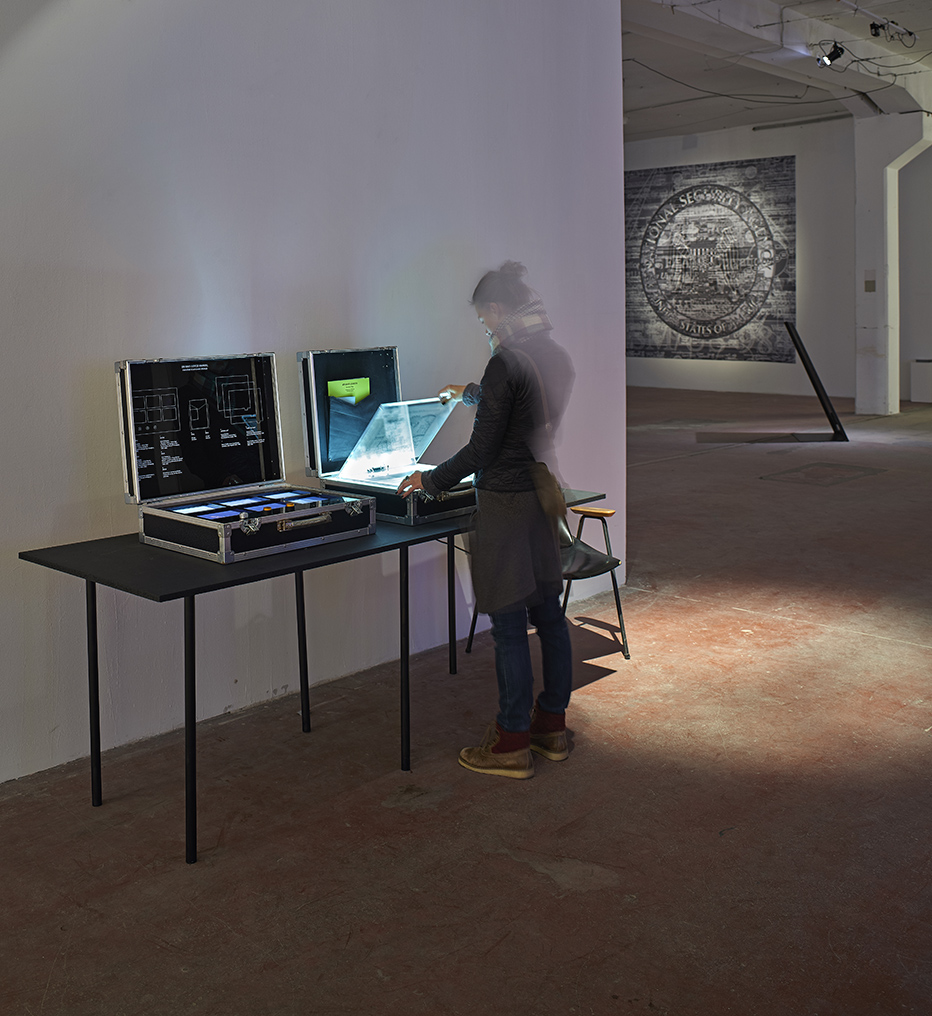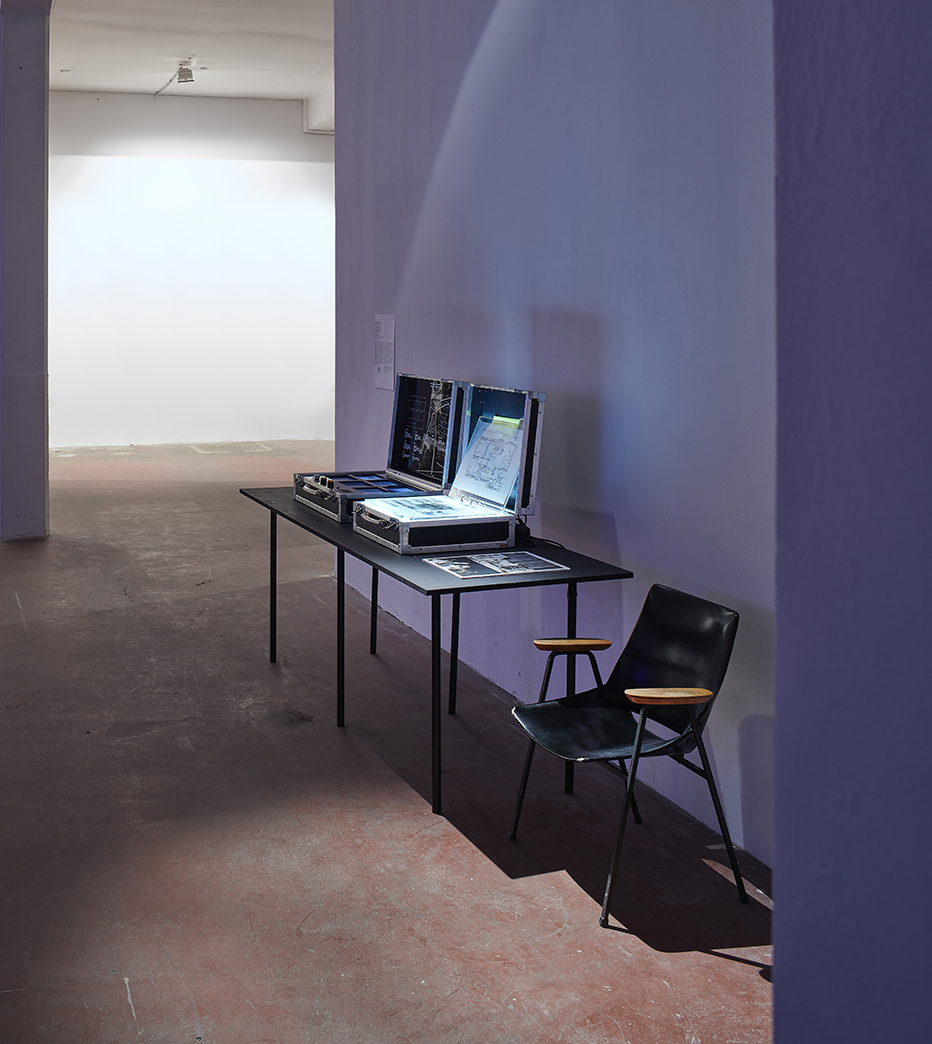Armina Pilav in her pluriannual research Un-war Space, on the entanglements of war and un-war spaces, refuses to give a single idea on the "destructive metamorphosis" (Zoran Doršner, 1994) of the city of Sarajevo, that was once under siege. She instead gives us a performing archive in a form of compressed, specially designed, exhibition device through which we can now, more than twenty years later, in the "age defined by planetary civil war" (Hito Steyerl, 2017), mass migrations and growing inequalities, see, read or speak about the war in Sarajevo. The device acts as a thinking-in-progress machine, that bears witness how citizens, through spatial (re)actions and (re)usage of available architectural and non-architectural materials, were undoing the war in Sarajevo. The archive contains numerous video and sound documentation, photos, architectural drawings and the Un-war Lexicon, but it is purposely left unfinished, so it can receive ever new testimonies, and politically position the necessity of collective (re)thinking of the war in Sarajevo, or any other violent conflict in the world.
The Un-war Space exhibition device is also part of an online open source archive entitled Un-war Space:
Armina Pilav is an architect, researcher and lecturer at the University of Sheffield's Landscape Department. She received the Marie Curie Individual Fellowship for her Un-war Space research. Armina publishes in magazines and academic journals, exploring topics of space, body and politics. Her work has been exhibited at the Venice Biennial of Architecture (2014, 2018).
Ana Dana Beroš is an independent architect, curator and editor. In her practice she explores contested borders capes using art as a weapon to deconstruct the hegemonic image of the world, and to construct spaces for insights of the excluded and the other. Her Intermundia curatorial-research project on migration received a special mention at the Venice Biennial of Architecture (2014).
Rafaela Dražić is an award-winning visual communication designer working internationally for cultural and non-governmental organizations. She holds a PhD from the Fine Arts Academy University of Warsaw.
Matija Kralj is a filmmaker whose work focuses on documenting non-representational geographies of border politics. He graduated from the Zagreb Academy of Fine Arts both in sculpture and new media.
Miodrag Gladović is an engineer in electroacoustics, musician, music producer and multimedia artist. He is part of the LIGHTUNE.G artistic tandem whose work is based on lumino-acoustics, a technique in which light signals are converted into sound images.
Mauro Sirotnjak is an architect interested in the politics of space and the spatial practices of commoning. His research focuses on the transformations of border cities, and the relation between contemporary housing policies, infrastructure and urban memory.
 Photo: Damjan Švarc
Photo: Damjan Švarc Photo: Damjan Švarc
Photo: Damjan Švarc